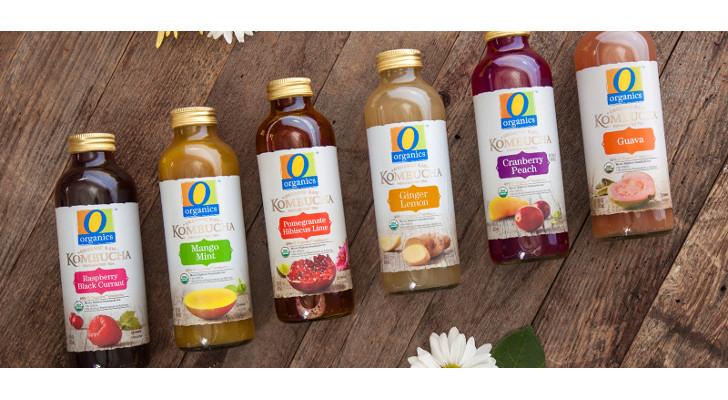Consumers tapping into more organic beverages
Organic beverages, especially fresh juices, are the third-largest organic category according to the Organic Trade Association (OTA).
OTA said its its recent organic industry report found organic beverage sales were up 10.5 percent in 2017 to $5.9 billion. That makes the category a stand-out for innovation and adaption of health trends, OTA noted on its website. Non-dairy organic beverage alternatives in the form of almond, soy, coconut, rice and other blends also gained in popularity in 2017.
Sales of fresh juices and other drinks climbed almost 25 percent to $1.2 billion, achieving double-digit growth for the fifth straight year, the OTA reported. The most popular drinks included kombucha, kefir and other probiotic beverages, and plant-based products such as almond and coconut milk.
“Organic has arrived. And everyone is paying attention,” said Laura Batcha, CEO and executive director of the OTA in an article on the OTA website. “Our survey shows there are now certified organic products in the marketplace representing all stages of the life cycle of a product or a company — from industry veterans to startups that are pioneering leading-edge innovation and benefits and getting shelf space for the first time. Consumers love organic, and now we’re able to choose organic in practically every aisle in the store.”
The association also reported the overall growth rate of organic food was six times the pace of the conventional food market, though the growth rate for organic food sales was below 2016’s 9 percent pace, impacted by slower growth in the organic dairy and egg category. However, it was well above that of the overall food market, which rose by 1.1 percent.
Organic products continued to increase their penetration into the total food market, and now account for 5.5 percent of the food sold in retail channels in the U.S., the OTA said. Consumers want better-for-you ingredients and properties such as no pesticides or chemicals together with taste and convenience, one reason why organic sales are on the rise among many drinks such as organic tea, juice, milk sports beverages and even beer.
“The organic food market will see a steadier pace of growth as it matures, but it will continue to surpass the growth rate of the broader food market,” Batcha added. “Demand for organic is flourishing as consumers seek out nutritious and clean food that is good for their health and for the environment. That demand is driving innovation, and there are now so many organic options that we can all eat organic for breakfast, lunch, dinner, snacks and everything in between.”


